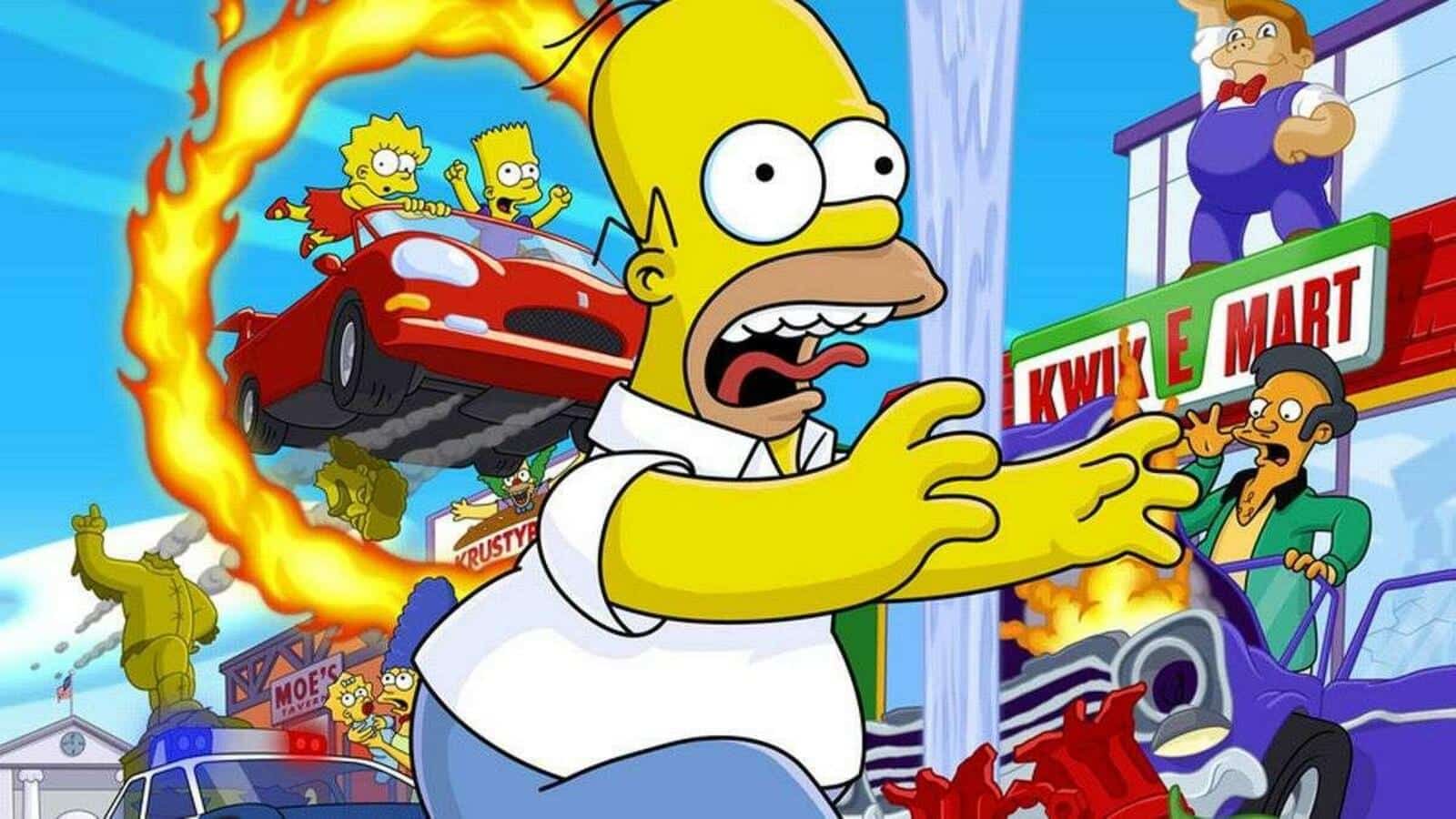
Summary:
We delve into the intriguing history of The Simpsons: Hit & Run sequel, exploring its ambitious plans, the role of John Melchior, and the unexpected rejection by Vivendi. Discover the state of the game’s development, insights on its storyline, and the impact of its cancellation, shedding light on a lost gem in gaming history.
Unraveling the Story of The Simpsons: Hit & Run Sequel
Two decades have passed since the release of The Simpsons: Hit & Run, a beloved video game that allowed players to dive into the quirky world of Springfield. However, what many fans might not know is that there was a sequel in the works—a sequel that was ultimately scrapped. In this article, we’ll take a deep dive into the untold story of The Simpsons: Hit & Run sequel, exploring the ambitious plans, the enigmatic rejection by Vivendi, and the legacy it left behind.
The Origins
The tale of the sequel begins with the immense success of the original game. The Simpsons: Hit & Run garnered a dedicated fan base, and it was clear that there was potential for more adventures in Springfield. This led to discussions of a sequel that would take players even deeper into the iconic animated world.
John Melchior: The Visionary Executive Producer
At the helm of the sequel’s development was John Melchior, the executive producer with a grand vision. Melchior envisioned a game that expanded the scope of the original, introducing airships, planes, and a host of new experiences set in The Simpsons universe. He believed in the potential for a full-fledged game franchise, and this vision was about to take shape.
Ambitious Plans for a Game Franchise
The excitement surrounding the sequel wasn’t limited to the development team. Plans were afoot for a 5 game deal between The Simpsons and the game’s publisher, Vivendi. The prospect of more adventures in Springfield was tantalizing, and an offer was extended to Vivendi.
The Unexplained Rejection by Vivendi
However, here lies the mystery. Vivendi unexpectedly declined the offer, leaving many puzzled, including John Melchior himself. He recounted how his own boss couldn’t comprehend the decision. It was as if the opportunity to build a gaming franchise around The Simpsons had been handed to Vivendi on a silver platter, only to be turned away.
Assets Prepared, but the Game Remained Unplayable
As the news of Vivendi’s rejection reverberated through the development team, they found themselves in a unique predicament. Assets for the sequel had been prepared, but the game itself was not playable. The tantalizing prospect of towing objects behind vehicles was one of the few gameplay mechanics in development. The game’s story was still in flux, with multiple competing storylines vying for attention.
Chris Mitchell’s Insights on the Chaotic Plot
Chris Mitchell, a writer for the scrapped sequel, shed light on the creative chaos that surrounded the project. In those early days, the team was brimming with ideas, resulting in a storyline that was, in Mitchell’s words, all over the map. It seemed that everyone had their vision of what the sequel could be, leading to a multitude of competing storylines.
The Fallout and Impact of the Cancellation
The cancellation of the sequel left a void in the gaming world. Fans were left to wonder what could have been, and the potential of a full-fledged Simpsons game franchise went unrealized. The decision by Vivendi not only impacted the developers but also the dedicated fan base that had eagerly anticipated a follow-up to the beloved Hit & Run.
While the sequel never saw the light of day, it serves as a valuable lesson in the world of game development. It reminds us that even the most promising projects can face unexpected hurdles, and decisions at the corporate level can alter the course of a game’s history.
The Legacy of The Simpsons: Hit & Run
Despite the cancellation, The Simpsons: Hit & Run remains a cherished title in the gaming community. Its enduring popularity and the intrigue surrounding the scrapped sequel are a testament to the enduring appeal of The Simpsons franchise in the gaming world.
Conclusion
The story of The Simpsons: Hit & Run sequel is one of unfulfilled potential and missed opportunities. It’s a reminder that the world of game development is complex and unpredictable. While we may never get to play the lost sequel, the legacy of the original game lives on, a testament to the enduring charm of The Simpsons.
FAQs:
- 1. Why was the sequel to The Simpsons: Hit & Run cancelled?
- The sequel was cancelled due to the unexpected rejection of an offer by Vivendi, the game’s publisher. The reasons for Vivendi’s decision remain unclear.
- 2. What were the plans for the sequel?
- The sequel aimed to expand on the original game by introducing airships, planes, and new gameplay experiences set in The Simpsons universe. It was part of a larger vision for a game franchise.
- 3. Were assets prepared for the sequel?
- Yes, assets for the sequel had been prepared, but the game itself was not playable. Some gameplay mechanics, such as towing objects behind vehicles, were in development.
- 4. Who was John Melchior, and what was his role in the sequel?
- John Melchior was the executive producer of the sequel. He had a grand vision for the game, which included expanding the scope of the original and creating a game franchise around The Simpsons.
- 5. What impact did the cancellation of the sequel have on the gaming community?
- The cancellation left fans disappointed and curious about what could have been. It also highlighted the unpredictable nature of the game development industry and corporate decision-making.













